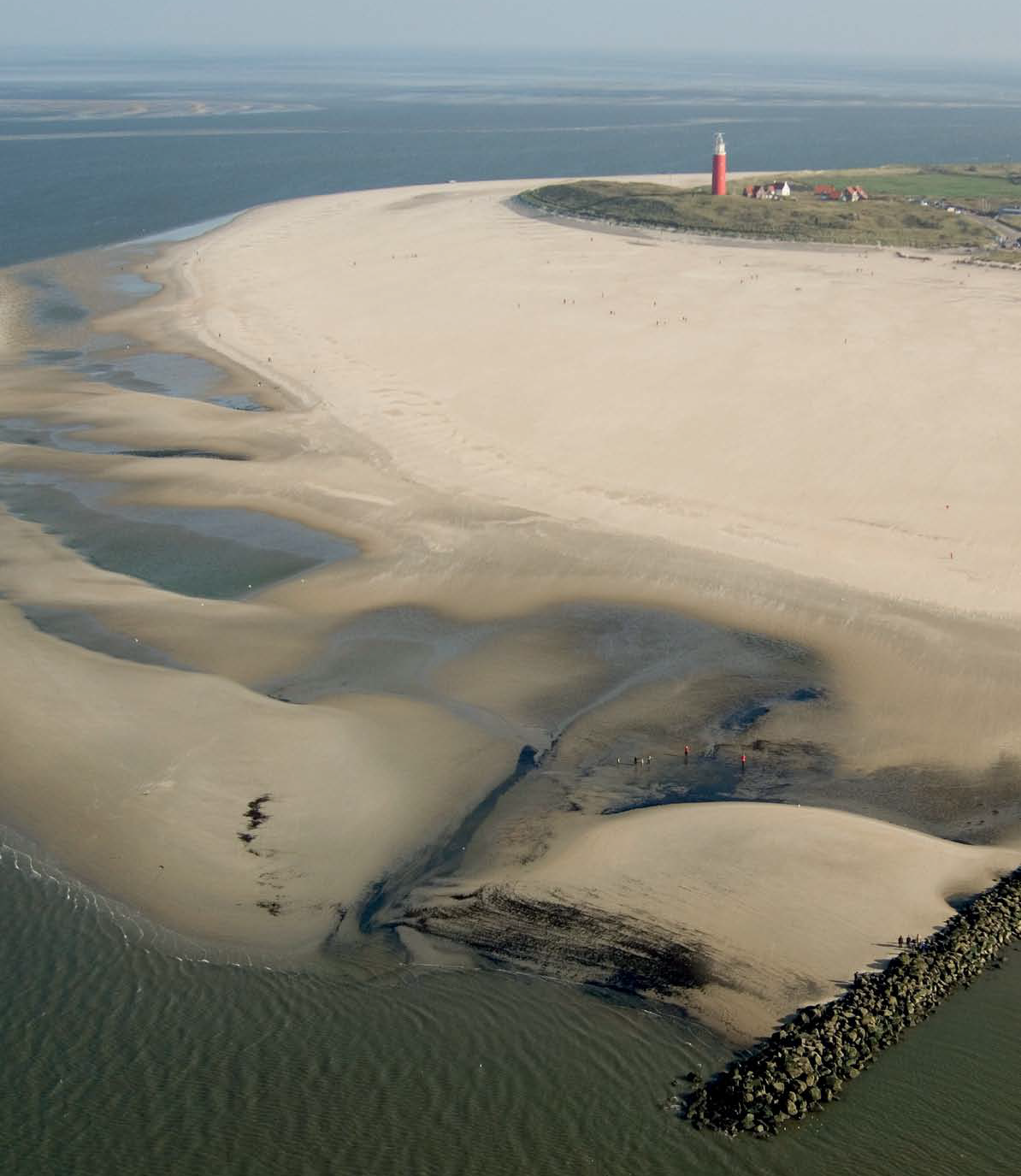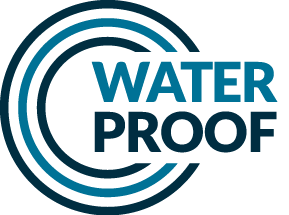Studies related to coastal environments are among the core competencies of WaterProof B.V. The interaction between land and water creates a complex environment. Our staff has over 10 years of combined experience in all kinds of hydrodynamic-, morphological and coastal studies in many countries around the world. We provide advice based on our expert knowledge of the coastal and marine system.
Tools
To support our advice, specialized numerical models are often applied. Our expertise covers the full spectrum of numerical models that can be applied to assist in advising on all kinds of shore-related studies. Highly advanced numerical modelling tools are not avoided and often applied in various coastal studies. However, it should be noted that models are always a schematised representation of reality and the model results should be interpreted with a specialist view, while always considering the objective of the applied tool. The model results are guiding (never leading) and will always be placed in perspective, acknowledging the range and conditions for which the applied tools were originally developed for. Apart from that, we always try to validate our models using data obtained through field measurements.
The globally used numerical hydro-morphodynamic model Delft3D and the spectral wave model SWAN are our most important tools (see here for some examples). Apart from these, we invest in innovation and monitor developments in models for the near future like SWASH, XBeach, 3Di and OpenFOAM.
Integrated approach
Often the research questions demand for a combination of expertises. Our approach is to use, where appropriate, an integrated approach as much as possible. In this way, the different aspects of the research questions, the different stakeholders and different interests on both the long- and short term are implemented in the most comprehensive manner possible. A project is only a success if it is supported by its environment.
Expertise
Our services comprise studies in the field of:
- Hydrodynamics, i.e. modelling tidal propagation, salt intrusion, meteorological effects, etc.
- Extreme conditions, i.e. modelling tsunami generation-, propagation and inundation, storm surges and hurricanes, etc.
- Coastlines and coastal defense, i.e. modelling sediment transport, coastal rehabilitation, overwash, etc.
- Morphodynamics of estuaries and tidal inlets, i.e. modelling morphodynamic behavior of the seabed, turbidity, etc.




